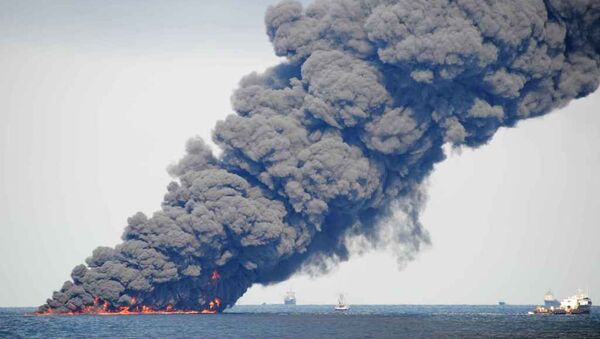"Cough, shortness of breath and sputum production were among symptoms expressed by workers," she stated in a news release announcing the paper.
Antony, along with her fellow researchers conducting the study, looked at the effects of the Corexit dispersant on the epithelium cells within human lungs as well as the gills of aquatic animals. In their laboratory, they tested the effects of the widely-used agent on human lung tissue, as well as lab mice, zebrafish and blue crabs. Repeated damage to this thin layer of cells (epithelium cells) creates an inflammatory response, leading to obstruction of airways in humans.
"The evidence that Corexit causes structural and functional abnormalities in airway tissue includes dispersant-induced cell detachment, edema, contraction in cell diameter and increased permeability,” Antony said.
He went on to claim that "The paper published by the University of Alabama at Birmingham provides no data to suggest that response workers or aquatic life were exposed to harmful levels of dispersants in the wake of the Deepwater Horizon Accident.”
"The laboratory study focused not on whether dispersants had an impact in the gulf, but on how a respiratory effect could occur and how any such effect could be counteracted,” he said.
Some 48,000 workers participated in the oil spill cleanup where an astonishing 973,000 gallons of Corexit was sprayed by aircraft and another 771,000 gallons of the Corexit 9500 blend was injected into the stream of oil covering over 305 square miles over a 90 day period, according to the Coast Guard “After Action Report” on dispersants.
On a positive spin to this, the study also identified a protective agent — an enzyme that is expressed in epithelial cells across species that has protective properties against Corexit-induced damage. The enzyme HO-1 is an antioxidant that fights the adverse cell-killing effects of the chemical. Antony says that she hopes that HO-1 can be engineered into a drug in pill-form and may be taken by exposed to toxic dispersants to prevent lung damage in the future.




